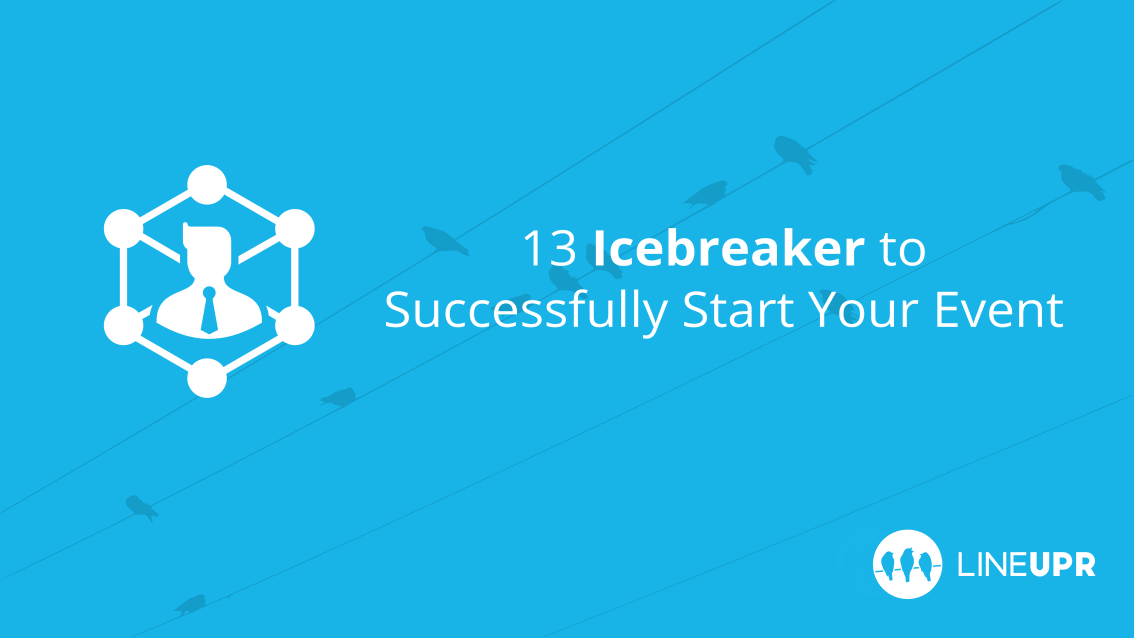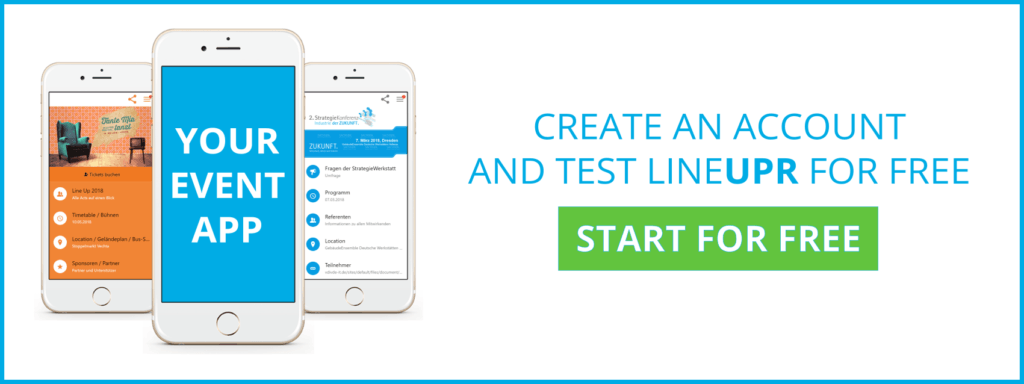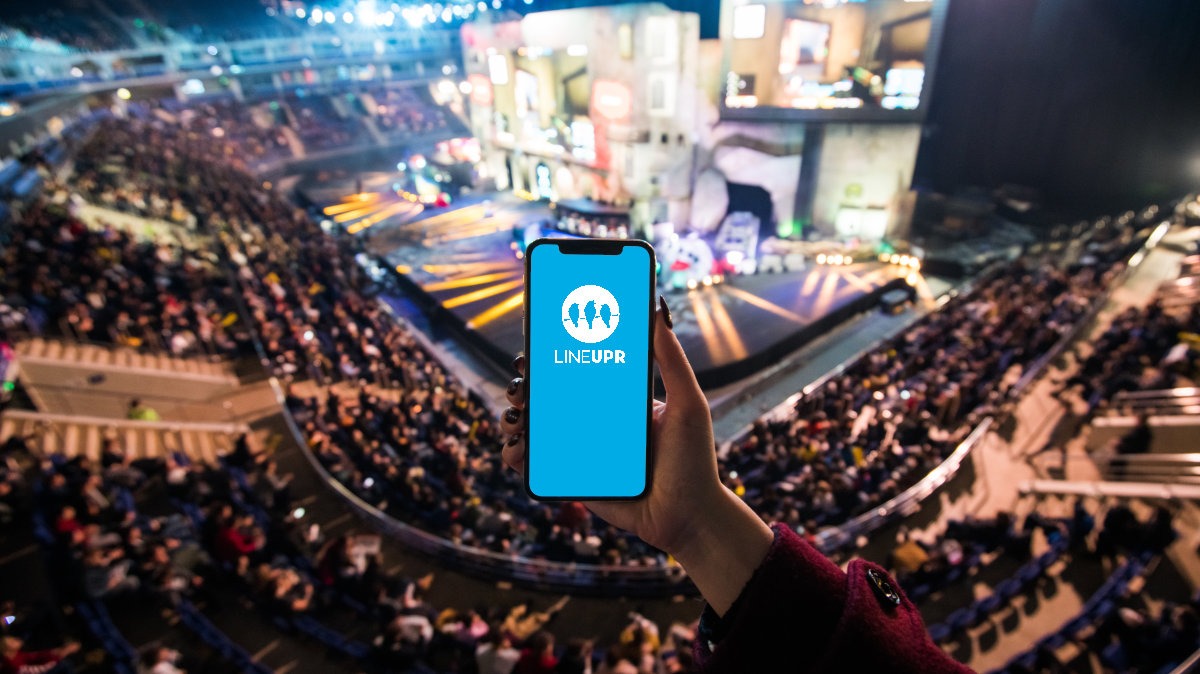Reading time: 6 minutes
The best way to start an event is with an icebreaker! You’ll soon find out why. But first of all, which icebreakers are there and how do they work? We did some research and collected a total of 25 ideas for you. There is something for every type of event and number of participants.
Today we will present you with the first 13 warm-up games. The focus is on events with fewer participants or smaller groups and games without too much effort. In part 2 there are the next 12 suggestions, where we focus more on larger events and the ideas are a little more elaborate, but also more successful.
Why Should You Start Your Event with an Icebreaker?
Every organizer knows that the focus of events is the people, the participants. They decide if your event will be top or flop. But what do your participants want?
Few participants visit events to inform themselves about topics or lectures. At least not through speakers and presentations. They want to make new contacts. There is just one small problem- talking to strangers. If the conversation is already started, then everything usually flows on its own.
So your event will be a success if your participants network with each other and strike up interesting conversations. Your primary task as the organizer is to help them! This is where the icebreakers come into play.
How Do Icebreakers Work?
Icebreakers help participants to quickly and easily learn about a stranger and to start a conversation with them.
They reduce the contact barriers and give your participants a good feeling of opening conversations with strangers.
Not every icebreaker is suitable for any kind of event and participant size. Before you decide on a variant, you should first clarify the following three points:
- What do you want to achieve? Which contact barriers do you want to overcome? What should your participants do after the icebreaker? Should they just meet something or do you want in-depth discussions to develop? Or do you want your participants to connect more with your speakers and presenters?
- Use simple icebreakers. It’s not about making a big show. You want to reach a goal. The more intuitive the activity, the more fun the participants will have.
- Who are your participants? Everyone has different experiences, values, and ideas. When choosing an icebreaker, you should take this into account.
Business Speed-Dating
The classic at corporate events. The participants are divided into two groups and placed in a row. Make sure there is enough space between people. Otherwise, they will not understand their own words. Then they each have 2 – 5 minutes to talk to each other. After this time, one row moves to the left by one person.
Of course, you can also seat your participants at a table, but people are usually more focused when they are standing and the conversations are less stiff.
Two Truths and a Lie
There are many variants of this icebreaker. What each option has in common is that small groups of 2 – 5 people are formed and each participant has to tell three stories. Two true and one made-up. The other group participants then have to guess which one is the made-up one.
In the simplest variant, each participant says three facts about himself. If you want to stay in a professional context, each participant can also list three goals, two of which have already been reached and one which is still open. If you prefer to connect participants with private information, attendees can also share three stories from their lives.
You see, there are many possibilities. By modifying this idea, you can control exactly what kind of information participants share. Strengthening common career goals, for example, the team feeling, and increase the productivity.
Invent New Words
Again, small groups are to be formed. Now give the participants a topic or object. The groups should then invent a new word for this topic or object.
We found this idea at Eventbrite. It is great for activating the creativity of your participants. It can also be performed at large events. The participants could submit their answers, for example, via an app. Through voting, the best proposals could even be crowned.
Small Change and Stories
Small groups of 2 – 10 people are formed. Each group will then receive a few pieces of change. How much depends on the scheduled time. On each piece, besides the value, the coinage year is also noted. Each participant now tells a story from his life in this year.
We learned about this icebreaker from the CPG Crew.
The type of story can be specified in advance. Should it be a professional experience or a private story? Participants already get a first idea about the other people through these narratives. These can then be used as a hitch during the break to talk about other topics.
Looking for Similarities
Small groups of 5 – 10 people are formed. Then an alarm clock is set and each group has, for example, 10 minutes to find a certain number of similarities. The more similarities that have to be found, the harder this task will be.
With this variant, the groups quickly learn a lot of small useful information about each other. Although this is not a deep network, everyone comes quickly into the conversation through the similarities.
Scavenger Hunt
The scavenger hunt is a great activity to get your participants moving. There are several variations, but basically, it is about each participant getting a list of tasks. On the list could be, for example, the names of people who the participant first needs to find and then has to ask a few defined questions. If the participant has the answers, he is allowed to find the next person.
This game is suitable both to network participants with each other, as well as to connect different departments of a company. With two departments, one side can play the seekers and the other the waiting ones. The questions should then be both private and professional (what are you doing in the department …). This way, different departments can become one business unit.
Personality Change
The participants are divided into groups of 2 and have to interview each other. After a while, both participants change places and take on the personality of the opposite person. Now they should continue to question themselves but always answer on behalf of the other instead of with their own opinion. Of course, you can direct the discussions by asking the questions for the interview.
This exercise is very well suited to understand different perspectives and to get a new look. In addition, you feel very connected to the other person very quickly.
Share Stories
Small groups of 5 – 20 people are formed. After that, you specify certain topics to which each group member should tell a story. Examples are: “What did you learn last month?” Or “When and how did you last impress your colleagues?”
By choosing the questions, you can define the direction.
Complete Sentences
A quick and easily performed icebreaker. First, groups of 5 – 50 people are formed. Now you specify sentences that each participant in the group should complete. Examples are: “The funniest thing that ever happened to me …” or “Last month I learned that …”
Again, you can steer the direction of the conversations with the selection of sentences. Since this icebreaker is quite fast and easy, it can also be done with relatively large groups.
Introductory Round
The introductory round is also a classic and well-used tradition at many smaller events. The participants stand up for this together, for example, in a circle. After that, each person introduces himself with one or two sentences.
This icebreaker is perfect for small rounds. All participants know each other after one hit and can then connect with discussions.
Brainstorm Common Goals
Instead of inventing new words, you can also let your participants search together for goals for the event. You divide the people back into small groups of up to 5 people. These groups should jointly define common goals for the event and then present them.
This exercise is excellent for attuning your participants to productivity and goals. Also, a common goal strengthens the cohesion of the group.
Business Card Competition
That’s the third highlight in the list. Just make a competition out of networking. Each participant receives a business card for each conversation with another person. In the end, the amount of cards is counted. The person with the most business cards wins.
With this competition, you encourage an acceleration of the networking. However, you should also keep in mind that you do not help the participants to make contacts easily. You only put out an incentive to encourage them to overcome their reservations. Such a competition works better in connection with a few little warm-up games, in which contact barriers are also overcome.
Swap Name Badges
At the entrance, each participant receives the name tag of another participant. Everyone now has to find the person with their name tag and ask a few questions which were previously defined by you. Afterward, the participants get back their name badges. The game goes on until everyone has their name on their chest.
Another game in which your participants have to get moving and explore the location. Your participants can get in contact with several other people so quickly. A great idea from the EventManagerBlog.
What You Should Have Learned
Only those participants who meet interesting new contacts at an event consider the event a success. That’s why we’ve introduced you to 13 warm-up games in this article, which will get you into the networking mode quickly and easily. Support your participants when they first contact a stranger. In Part 2, we will discuss 12 more introductory activities that connect not only the participants with each other but also with the speakers and organizers.
“Network” Icon created by Chameleon Design from “the Noun Project“.




